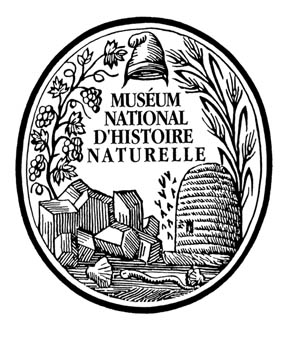Le Casimir Wreck Underwater Photographs for June/July 2014 Project.
Page 2
One of the first tasks was to build a new grid for this section of the wreck site. A 5 by 4 meter grid was created from PVC piping and was then painted the usual chequered paint style, which assists with the location of squares in low visibility. All of our equipment was then moved to the site and the grid was erected to great effect.
Once on the wreck site, numerous bricks had to be tidied up. These were originally stacked in the central hold section of the wreck, but subsequent attacks by looters who had scattered them in all directions. The scattered bricks were then positioned around the grid and a small pile to the north of the site. At the end of the survey these were repositioned where they had originally been located.
The diving was limited due to the time it took to get to the site which was two hours, and the fact that we had to depart the site by midday. This was because the wind would rise quickly and with in fifteen minutes the sea state can go from flat calm to rough. Because the wreck site is at the base of a reef which rises almost to the surface, the waves can get large enough to be a major problem. We therefore had no option but to “cut an run” whenever the wind was first noted. This resulted in about 2-3 hours of diving per day, which with a small team is not a lot.

The Team flying The Explorer Flag on Le Casimir Wreck site.
Please go to page 3 to continue.
ADMAT's maritime archaeological work on this wreck site was assisted by ADMAT-FRANCE a non profit organisation based in the Institut de Paléontologie Humaine, Muséum National d’Histoire Naturelle, Paris.
ADMAT-FRANCE is a sub division of the Anglo ~ Danish Maritime Archaeological Team
ADMAT is delighted to have an association with Muséum Nationald’Histoire Naturelle at Paris, départememt Préhistoire, UMR-CNRS 7194.
























